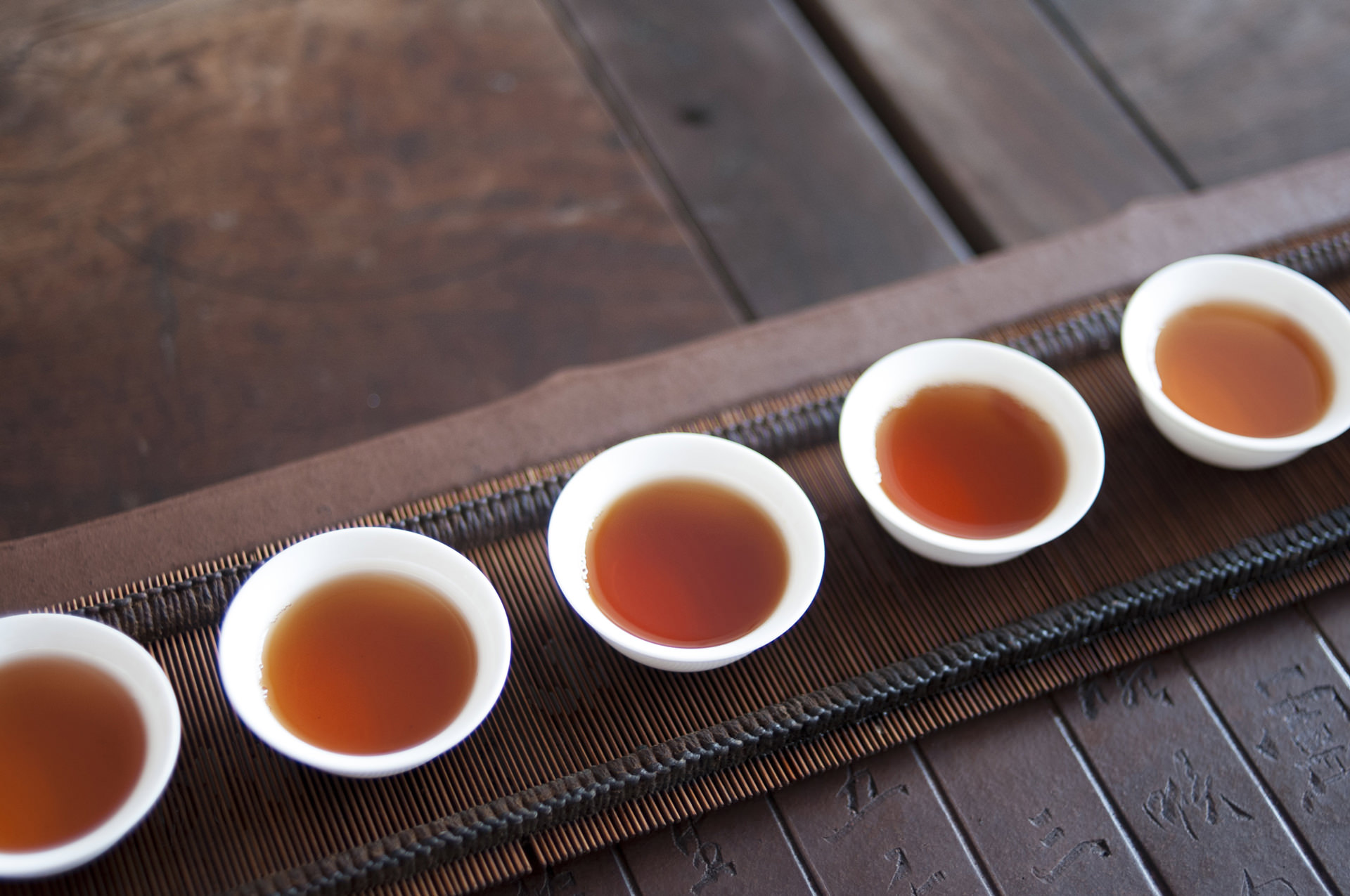Tea Culture
From: CantoneseSee more Tidbits

Tea Culture
Tea culture is defined by the way tea is made and consumed, by the way the people interact with tea, and by the aesthetics surrounding tea drinking. It includes aspects of tea production, tea brewing, tea arts and ceremony, society, history, health, ethics, education, and communication and media issues.
Tea houses can be found in most Chinese neighbourhoods and business districts. Chinese-style tea houses offer dozens of varieties of hot and cold tea concoctions. They also serve a variety of tea-friendly and/or tea-related snacks. Beginning in the late afternoon, the typical Chinese tea house quickly becomes packed with students and business people, and later at night plays host to insomniacs and night owls simply looking for a place to relax.
Formal tea houses provide a range of Chinese and Japanese tea leaves, as well as tea making accoutrements and a better class of snack food, while tea vendors specialize in the sale of tea leaves, pots, and other related paraphernalia. Tea is an important item in Chinese culture and is mentioned in the Seven necessities of (Chinese) daily life.
Historically there were two phases of tea drinking in China based on the form of tea that was produced and consumed; tea bricks versus loose leaf tea. A tea brick consisted of leaves which were either partially or thoroughly dried and ground before being pressed into bricks. Making tea from tea bricks required multiple steps.
After 1391, tea for the court was changed from brick to loose-leaf form. This transformed the tea drinking habits of the people, changing from whisked brick teas to steeped teas.
The loose-leaf tea is still the preferred method of preparing tea in Chinese daily life.
